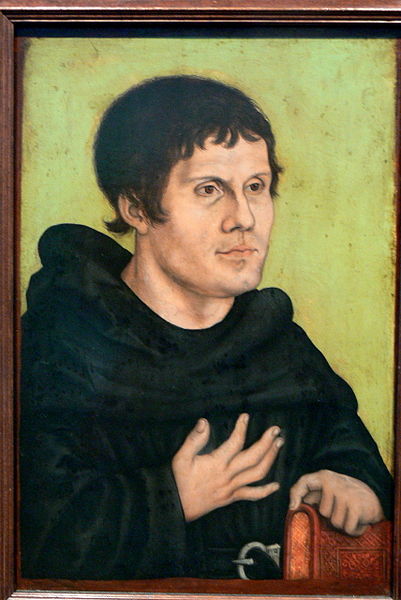Augustinians are members of several religious orders that follow the Rule of Saint Augustine, written in about 400 AD by Augustine of Hippo. There are two distinct types of Augustinians in Catholic religious orders dating back to the 12th–13th centuries:Various congregations of Canons Regular also follow the Rule of Saint Augustine, embrace the evangelical counsels and lead a semi-monastic life, while remaining committed to pastoral care appropriate to their primary vocation as priests. They generally form one large community which might serve parishes in the vicinity, and are organized into autonomous congregations.
Several orders of friars who live a mixed religious life of contemplation and apostolic ministry. The largest and most familiar is the Order of Saint Augustine (OSA), founded in 1244 and originally known as the Hermits of Saint Augustine (OESA). They are commonly known as the Austin Friars in England. Two other orders, the Order of Augustinian Recollects and the Discalced Augustinians, were once part of the OSA under a single prior general. The Recollects, founded in 1588 as a reform movement in Spain, became autonomous in 1612. The Discalceds became an independent congregation in 1592, and were raised to the status of a separate mendicant order in 1610.

Ruins of Jasienice Abbey, a former Augustinian priory in Jasienica, Police, Poland (14th century).
Martin Luther (1483–1546), in the habit of the Augustinian Order. Luther was an Augustinian friar from 1505 until his excommunication in 1520. Luther would later renounce his religious vows and marry Katharina von Bora in 1525.
Abbot Gregor Mendel (1822–1884)
Abraham a Sancta Clara (1644–1709)
The Rule of Saint Augustine, written in about the year 400, is a brief document divided into eight chapters and serves as an outline for religious life lived in community. It is the oldest monastic rule in the Western Church.
Saint Augustine surrounded by Augustinian monks (Paduan school, 15th century), relief in the portal tympanum of the former Augustinian convent of Santo Stefano in Venice. The book inscription is the beginning of the Rule of Saint Augustine: ANTE O[MN]IA FRATRES CARISSIMI DILIGATVR DEVS DEINDE PROXIMVS QVIA ISTA PR[A]ECEPTA SVNT N[O]B[IS] DATA - "First of all, most beloved brothers, God shall be loved, thereafter the neighbour, for these instructions have been given to us."





